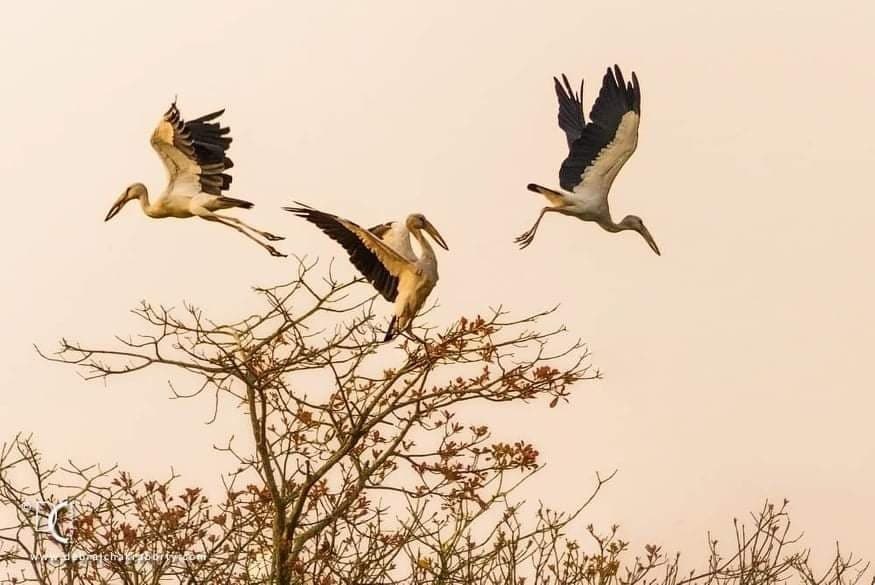Barak UpdatesHappeningsBreaking News
Migratory bird’s killed for food at Son Beel; MP Karimganj urges govt for protection

Oct. 3: Son Beel in Karimganj district takes the pride of being the 2nd largest wetland in Asia and largest wetland in India as well as in North East. It is an idyllic place where nature mingles with a wide variety of flora and fauna. As per sources, it is the largest natural fishery in Asia.

It covers an area of 85 sq km in the high flood and reduces to 35 sq km in normal summer season. It is surrounded by 35 villages with a population of 80,000. The residents of the villages around the beel are dependent on the wetland for fishing. The specialty of Son Beel is that during winter season, it becomes hilly farm land where wet rice cultivation is done and from March onwards, it turns into a natural lake.
 Water and soil of Son Beel is suitable for natural fish breeding and in winter season it becomes a paradise for the migratory birds. However, the tragic aspect of this great wetland is the absence of any regulating exercise on the part of the government. This issue was even raised by BJP MP from Karimganj, Kripanath Mallah during the recently concluded Monsoon session of the Parliament under Rule 377 on 15 September.
Water and soil of Son Beel is suitable for natural fish breeding and in winter season it becomes a paradise for the migratory birds. However, the tragic aspect of this great wetland is the absence of any regulating exercise on the part of the government. This issue was even raised by BJP MP from Karimganj, Kripanath Mallah during the recently concluded Monsoon session of the Parliament under Rule 377 on 15 September.
 In his submission, MP Mallah said, “In the absence of any prohibitory measures, the migratory birds are being mercilessly killed by the people for food. Son Beel can be used for various purposes by planning its development.
In his submission, MP Mallah said, “In the absence of any prohibitory measures, the migratory birds are being mercilessly killed by the people for food. Son Beel can be used for various purposes by planning its development.
Son beel is accessible from Hailakandi and Karimganj towns. Barringtonia acutangula is the main tree that grows in the beel besides reeds such as Arundo donax and various aquatic plants. More than 150 species of birds have been recorded, although the actual diversity must be much more. The lake attracts thousands of waterfowl, but due to constant disturbance by fishermen, they do not stay long. If properly managed, Son beel has all the potential to become a Ramsar Site, and could harbour more than 20,000 waterfowl.
 The Spotbilled Pelican Pelecanus philippensis and Greater Adjutant Leptoptilos dubius have stopped coming, while the Lesser Adjunct Leptoptilos Javanicus is still seen. Not much work has been done on mammals, reptiles and amphibians of this important wetland. What we know is that two species of otters (Lutra lutra and Lutrogale perspicillata) are found. There are unconfirmed reports of Fishing Cat Prionailurus vicerrina. Hog Deer Axix porcinus is also reported but its number is much reduced due to poaching and disturbance.
The Spotbilled Pelican Pelecanus philippensis and Greater Adjutant Leptoptilos dubius have stopped coming, while the Lesser Adjunct Leptoptilos Javanicus is still seen. Not much work has been done on mammals, reptiles and amphibians of this important wetland. What we know is that two species of otters (Lutra lutra and Lutrogale perspicillata) are found. There are unconfirmed reports of Fishing Cat Prionailurus vicerrina. Hog Deer Axix porcinus is also reported but its number is much reduced due to poaching and disturbance.





